The Yellow River China, A Visit/Anticipating The Wildlife Capture

|
• Heritage Hotel & Spa du Vin • Mackenzie Country Inn Twizel Hotel • Kingsgate Hotel The Avenue • Bayview Chateau Tongariro Hotel |
Thank you for your generous contributions. We've been making some great headway over the last few weeks and soon I'll be running some test images. These test images take a considerable amount of time and computer processing power
so once we start we won't be accepting any new images. Please send in your images now so you can be sure to be included in this great project. I have been plans for these mosaics.
We are still accepting (and pleading for) images of children from SEA. No matter how terrible you think they are, please send them in anyway. These images will be used to complete a set of 3 high quality mosaics which will be sold to benefit the Karen and Burmese Orphans living in the orphanages and refugee camps. The more images the better, I can use all you have. Please take the time to go through your images for anything you think might help. If you missed the "No Place to Call Home" special, you can click on the link and read more about this. Thank you! QandA@Bkkimages.com
Quick Click Links
Feature Photograph
The Yellow River China, A Visit
Anticipating The Wildlife Capture
Photography News of Interest
Readers Submissions
Readers Questions A Snapshot of Bangkok Images Week in Review
Infocus Blog, Weekend At The Races
Feature Photograph *menu

Canon 1ds Mark II, 24-70mm F2.8L @F11 1/200th 70mm ISO 100
What's the single ultimate skill of a photographer? Follow along to find out. There are many ways to make an image interesting. From a style standpoint you have several choices from the perspective of your focal length, depth of field, lighting,
and of course composition. All are powerful, but I think lighting is the most powerful component, like the queen on a chessboard. The overall composition, the image, is the King.
This image is significant because it's a good example of using light to draw interest by leading the viewers eye. The actual scene as viewed with the naked eye was boring. Monochromatic toning reveals a pattern of light easily missed in color. The
toning also reveals multiple foreground, mid-ground, and background components lending further interest.
Start out with scrub brush and a road appearing to the left of the frame, trees spaced out in a way you can feel the different distances, the road component in the center, mountains, a tree line, and clouds. By themselves none of these components are
very interesting. The interest is in the arrangement of the components and the toning brings the components to life so they can be better viewed. I think it helps that the image is sharp, but lets look at this next image.

Canon 1ds Mark II, 24-70mm F2.8L @F11 1/125th 38mm ISO 100
Nothing in this image is in proper focus. yet, the toning and compositional components impart a 'mood' to this image that appeals. The clouds are dark, as is the tree line and the main tree, but
the varying levels of light in the open spaces shape the image and draw the eye. A lone tree dark against less dark rain clouds, open spaces illuminated by the parts in the clouds, and the toning makes a compelling image. Yet nothing is in focus.
Of course neither of these are great images. But I think both are interesting to a degree. A great image is where all your components, subject, light, composition, and more all come together. Sometimes though it's good to pay attention to the individual
components, to study and learn to use them separately. Doing so will help you recognize and properly process all the components for a great image when one comes your way. Doing so will help you 'see' such an image before it becomes an image. This is the ultimate skill.
The Yellow River China, A Visit *menu
Tom Tweedel is a good friend with significant experience in China and has self-published several interesting volumes of his travels in China complete with many great images and informative narrative. Last year he visited Thailand for the first time and I had a great time showing him around the area. Somehow he found time to put together a like 340 page book of his travels around Thailand and you can get your copy here! I've got a copy of this book and I can tell you it's well worth it, especially for first time travelers or if you haven't seen more of Thailand than downtown Bangkok.
Tweedel is a good friend with significant experience in China and has self-published several interesting volumes of his travels in China complete with many great images and informative narrative. Last year he visited Thailand for the first time and I had a great time showing him around the area. Somehow he found time to put together a like 340 page book of his travels around Thailand and you can get your copy here! I've got a copy of this book and I can tell you it's well worth it, especially for first time travelers or if you haven't seen more of Thailand than downtown Bangkok.
When Tom agreed to become part of our small select product review team I was both excited and grateful. I hope you enjoy this and future reviews by Tom. For those whose plans include extended travel in Thailand and China I’d recommend contacting Tom and inquiring into obtaining copies of his books. Tom Tweedel is an Austin, TX based photographer and can be reached at: tomsds@austin.rr.com

While I was in China I had an opportunity to take a day trip to visit the Yellow River. Like the more Famous Yangtze, the Yellow River is steeped in Chinese history and lore. They Yellow River could be considered the cradle of Chinese civilization. It
was in this area the first dynasties arose. This is where habits, culture and values that would come to define China, and to some extent all of Asia, were born.

We started out attempting to take the bus from Zheng-Zhou to a Park on the banks of the Yellow River. Taking the bus provided to be quite a challenge as you had to wait at exactly the spot the bus would let off. The passengers exiting the bus fought the
crowds to get out, the passengers trying to get on the bus fought to squeeze in.

While waiting for the bus I watched what was going on around me. It was a busy place and a lot was happening. Saleswomen were working the crowds. Street cleaners came by. Some guy tried to swindle people on the sidewalk with a Chinese version of the shell
game. A lady in a yellow vest gave directions to a passerby. Just normal life everywhere, including China.

A hawker with a cart full of peanuts came by. That was a sight I had never seen in America.

After a while we gave up on the bus thing, it was taking too long and we were not making any progress on getting a ride. So we took a cab. On the way I saw this interesting “truck” with one front tire.

It was about 20 minute cab ride to our destination. There was a park just outside of town that was a great place to see the Yellow River. They had a map of the park and its facilities. We went in and walked to the main observation platform.

Getting up to the main observation platform I looked from left to right at the expanse of the river. Looking to my left coming in a saw a series of tour boats moored together in one of the deeper sections of the River.

Strolling out onto the observation platform to the center I got a full panoramic view of the Yellow River. It was, well, not what I expected. The riverbed was a broad flat plain over a mile wide. There wasn’t a whole lot of water.

Coming to the Yellow River I had expected a bit more river action. Perhaps this was the low season. It didn’t really seem to be flowing at all. There was a water channel that went for some distance but it wasn’t navigable to anything bigger
than a speed boat. Most of the riverbed was covered with some type of river grass and cat tails.

The Yellow River Three
Much of the right bank was covered by heavy well built dikes that served as the tourist area.

There was a long bridge that spanned the length of the riverbed.

I moved from the observation platform to the more colorful dikes. There was no railing so you had to be careful going near the edge. There were willow trees along the banks of the dykes which was very nice.
I saw an old man hanging out and looking around, repeating a scene that one way or another had been going for 5000 years.

At several points along the dike there were stairs leading down. I made my way down to the riverbed. It was marked with vegetation and open strips of dirt. The currents had deposited the dirt in swirls and levels which was interesting.

From the dike I had seen what looked like some people shooting. On closer look a vendor had set up an umbrella and three chickens. For a few Yaun you could take your shot and the chickens with either a bow or a Crossbow.

If you went far enough into the Riverbed you could actually get to the water that was there. A lot of people liked to go up there. They would come down to the Beach and take off their shoes and get their feet wet. Seemed like the popular thing to do.

There were a couple of operators that offered speedboat tours. They lasted about 15 minutes before you ran out of water to see.
The vegetation in the riverbed was fairly colorful.

I’m really not sure how long the bridge was, it seemed to stretch into infinity. With the haze and smog I don’t think I could see the end of it. There was an endless stream of trucks and billboards the length of it.

This area of the Yellow River had its share of history, some of it tragic. During WWII the Chinese Nationalist Army was being beaten back by the Japanese. In a desperate attempt to slow them down they blew up many of the dikes along the Yellow River flooding
the land as the Japanese approached. It did succeed in slowing the Japanese down by a few weeks at a cost of some 2 million Chinese lives.

Down river there were some more tourist boats. Unable to navigate the river they we pretty much floating restaurants. Old Men Fishing were fishing off the dike. I wonder what the catch of the day was?

After spending the afternoon at the park I headed back to down. Finding the bus stop was a bit of a challenge but the village outside the park was pleasant enough. Eventually we got tired of waiting for the bust and took a tax him.
Anticipating The Wildlife Capture *menu

Canon 1ds Mark II, 300mm F2.8L IS @F8 1/640th ISO 100
Missed Shots
Have you ever noticed that you often might make a few hundred captures and they all look the same, boring? So you try to mix things up a bit and anticipate what's going to happen but you're just a moment too late? Don't feel alone. It happens
to everyone. However, with a bit of thought, patience, and the proper techniques you can greatly improve your odds of making that interesting capture.
In the image above the small bird (3-4" tall) was sitting on top of the pole. We were in Beung Boraphet and there were about eight of us in a boat and it didn't take long to notice that the birds
had an "alarm zone" built in by the conditioning of their experiences with other boats. As you'd approach they'd let you get right up to the edge of their 'alarm zone' and then
take to flight. Each bird species reacted at different distances.
Observe
Watching several of these I noticed that the moment they launched off their perch they'd lose just a tad of altitude, and with wings working hard would take off at a 90 degree angle as quickly as they could. As our guide cut the motor our boat glided
closer to this bird. By now I'd worked out a few techniques. I set my lenses memory focus point to the pole (no way will any autofocus system catch a tiny bird at that distance that quickly),
held the camera and waited with my finger half pressed on the shutter button so my metering was already set.
Think/Act Independently
All around me I could hear the shutters releasing at 8fps as my fellow photographers shot the bird sitting on top of the pole. I was handicapped with a older camera that could only shoot 3.5fps. The only way I could achieve a competitive shot was to catch
him in flight, properly focused, and properly exposed.
See the distance from the pole to the bird? This is how long it takes from that state of readiness to react to the birds take-off and press the shutter button. Less than 1/10th of a second. Probably milliseconds.
Critique Each Capture in Real Time
What if I hadn't anticipated the drop in altitude? Yep, no shot. What if I'd not locked focus on the pole? Yep, a blurry pic. And if I didn't preset my exposure? The bird would have been out of the frame by the time the camera went through
the automatic process on its own. It's a simple bird shot, but it took a bit of thought and technique to make it.
Wildlife is Everywhere
You don't have to be on a boat in a wetlands preserve to practice shooting wildlife. Wildlife is everywhere, right in the middle of the city you live in. I had a great time shooting the monkeys going from window to window in Lampang, fishing cats
in Songkran, and of course there's thousands of species at Safari World in the heart of Bangkok.

Canon 1ds Mark II, 70-200mm F2.8L IS @F5.6 1/200th 200mm ISO 160
In the shot above I was sitting at a window seat in Molly Malone's watching the rain fall and the birds play on the tangled net of power and phone wires outside the window. I was watching
this little sparrow walk along and then suddenly dive. I observed a few times and surmised that the bird was probably catching flying insects too small to see from my location. Yet, I noticed each time they looked down and 'locked on' then soon they'd dive. I picked up my camera, aimed through the front window, and waited. I had the focus and exposure locked but because it was dark I was at a fairly wide aperture so without any DOF (depth of field) to work with, he jumped towards the camera instead of to the side, and I ended up with a blurry image. As soon as he stuck his neck down I knew he was going to dive so I put my finger on the shutter release and let it roll at 4fps (yep, a new camera)..
Not the most interesting capture, but not bad for a break from my cheeseburger.

Canon 1ds Mark II, 70-200mm F2.8L IS @F5.6 1/200th 200mm ISO 320
All the while I was also observing the pigeons. They'd hunch down right before flight, poop, and fly. Did you know birds void their bowels and poop right before taking off? You'd know if you had a couple of pet parrots…
From right to left, the pigeon squatted down, pooped, and then flew down the street and I followed along at 4fps. If I was shooting my 1d series body with this lens (a F2.8 70-200) the F2.8 aperture would
have activated the cross type AF sensors and I would have selected a small 9 sensor group, and the superior autofocusing of my five year old 1ds Mark II body would probably have achieved proper focus for this shot. But.. I was shooting my brand
spanking new 5d Mark II which is not a sports of wildlife camera, and it couldn't keep up. I learned it couldn't keep up by testing it's capabilities this day and a few other days when it was new. Now I knew I'd need to manual
focus for this type of shot and gently pull the focus towards me as the bird flew closer. Any tool will get the job done if you know how to use it.

Canon 1ds Mark II, 300mm F2.8L IS plus 1.4x TC II @F5.6 1/1600th 420mm ISO 200
Again, from right to left a crane takes of running across the top of the lake before taking flight. This was the same trip in Beung Boraphet. All my fellow photographers had new camera bodies with 8fps capability and deep buffers. Not me, I had a 3.5fps
camera and my buffer was only 9 shots deep. They could afford to be clicking for 10-15 seconds before the bird took off, while I had to resist and wait for just the right moment. Watching the cranes body language gave me the first clue and holding
down my shutter release I followed him into flight.
Notice how the exposure changed frame to frame? I could easily have adjusted the individual frames and not talked about this, but you can learn a lot from my mistakes. I didn't lock my exposure with the exposure lock button. Instead I let the camera
adjust the exposure for each individual frame and this is the best it could do. Really it takes a superb body to be able to focus and meter at 3.5fps with this precision. Fortunately today we have even more capable bodies like the sports and wildlife
Kings, the Canon 1d Mark IV or the Nikon D3s.

Canon 1ds Mark II, 300mm F2.8L IS plus 1.4x TC II @F4 1/2000th 420mm ISO 200
Here's another example. The crane sitting with the females (I think, I'm not that great with birds), as the boat approached his 'alarm zone' he
took off and I was ready for him. I'd guess my fellow photographers took over 200 images of this guy during the approach before he moved. With my 'inferior for the job' camera I had to wait
for the last moment and then employ every technique I could muster to make an interesting capture.

Canon 1ds Mark II, 300mm F2.8L IS plus 1.4x TC II @F4 1/800th 420mm ISO 200
Once more from right to left. A pair of marsh hens. The female takes off as we reach the limits of her 'alarm zone' and at 3.5fps you can guess the male sat there on the ground thinking about following
for a good second.

Canon 1ds Mark II, 300mm F2.8L IS plus 1.4x TC II @F4 1/800th 420mm ISO 200
During that second we must have reached his 'alarm zone' and he takes off. A quality F2.8 lens coupled with a 1d series body really allows for some great captures in these circumstances.

Canon 1ds Mark II, 300mm F2.8L IS @F2.8 1/3200th ISO 100
Regular readers might remember this series of frames. African Cranes moving along at a very leisurely pace of 2-3mph, barely putting one foot in front of the other. There was plenty of time to focus and exposure at any point, so what was my point of taking
a series of frames? It's about anticipating. I knew I'd achieve perfect focus and exposure with most of my shots, so I wanted to go the extra mile and catch them when the natural light hit them just right so their naturally pale blue
eye would show it's natural color and not be dark.

Canon 1ds Mark II, 300mm F2.8L IS @F2.8 1/3200th ISO 100
For that to happen the African Crane would have to be at the perfect angle to the direction light (the early morning sun). This series is the same as the other, but zoomed in so you can better see the eyes.
Notice as the crane turned it's head and walked he was flirting with the perfect angle? Anticipation.
Summary
I used birds for examples because they take the most technical skill and we're talking techniques. The same knowledge, techniques, and anticipation skills can be used for monkeys, tigers, or any sort of animals. They can even be uses for the human
animal!
Yes, this is true. I ran a studio in Oregon for close to four years and I did many young children, distracted teenagers, nervous brides, and most anything else you can think of. These techniques will serve you well at events and for portraits. In a future
feature I'll focus on anticipating shots for portraits and events and you might be surprised how effective these techniques are in capturing the perfect smile, the magic moment, or a moment of comedy that would otherwise go unnoticed.
Photography News of Interest *menu
I've covered in this column the issues photographers have been recently experiencing with their local law enforcement agencies as anti-terror laws and home security procedures have left many photographers feeling violated and abused as their flash
cards are confiscated and in some cases they've even been jailed. So I'm delighted to see this articlefrom CNN
andin the BBC showing over 2000 photographers protesting the UK terror law which allows such injustices. I hope to see more like protests in more countries soon.
There have been a few software and firmware updates this week. DXO Labs updates Optics Pro
for Windows to include camera support for new cameras including Panasonics LX3 and GH1. Adobes Lightroom releases version 2.6.1 to support the Leica M9. No need to upgrade 2.6.0 to 2.6.1 unless you need M9 support. Bibble Labs updates Bibble Pro
to version 5.0.1 which extends raw support to the Canon 1d Mark IV and Olympus E-P2. And last but not least Canon releases a firmware update for the new 1d Mark IV to improve it's
already outstanding autofocus. You can get firmware version 1.0.6 here.
50 Million Lenses! Canon announces the production of it's 50 millionth EF lens, the first one came out in 1987.
That's a lot of lenses! What's interesting is that the last 10 million lenses sold, sold in the last 20 months! This is due to the popularity of the DSLRs.
Have you ever wondered just how much if any variation there really is between lens samples? The guys over at SLR.gear
take a close look at this and they've found some interesting facts.
You've have to be both deaf and blind to not have noticed all the hype this week as the press fawned over Steve Job's latest release, the Apple Ipad. Great, but what does the
Ipad mean for photographers? The guys over at the Luminance Landscape take a look at this questionhere.
A few weeks back I featured my experiences with the new Windows 7, and this week Microsoft announces it's the fastest selling and most profitable OS ever. Take a lookhere.
Readers Submissions *menu
Steve:
Just sharing more pictures from our adventures. These are from our stay in Truckee and the new snow fall.
They were taken with the Canon S 90 which is still a joy to use. The only weakness I found is the video system which records in 640 x 480. The quality is not as good as the Sony T 90 point and shoot that I was using. It records in 1280 x 720 which produces
much sharper pictures.
The reason I purchased the S 90 was for still photography and it serves that purpose very well, plus it fits in my pocket.
The program I used to adjust the pictures is the Corel Paint Shop Pro X2 Ultimate. It is a good photo editing package for a person with my limited patience.
Rick








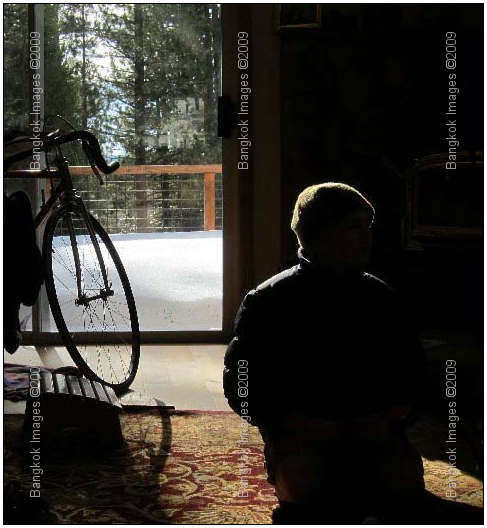
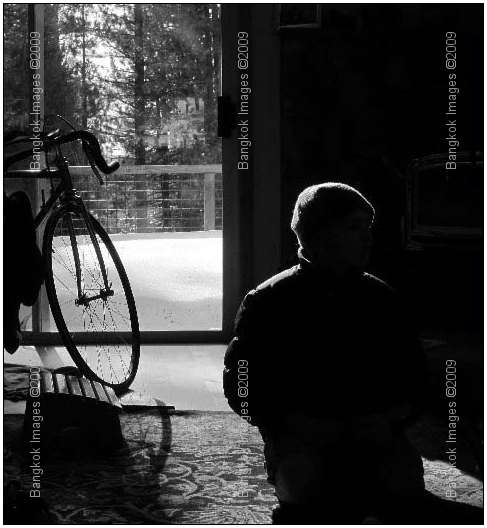
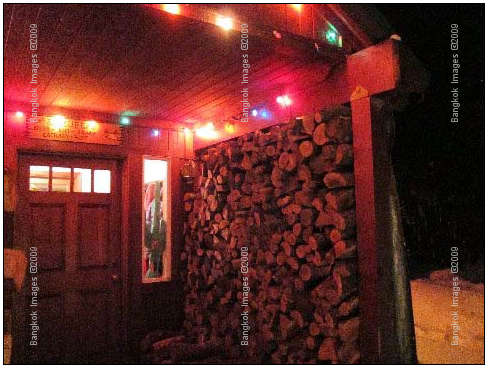
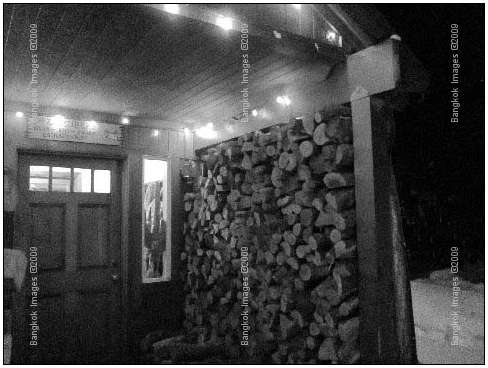
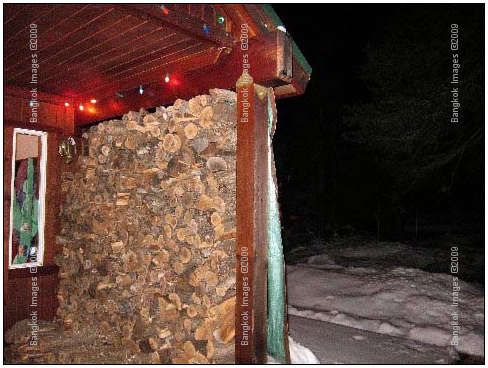
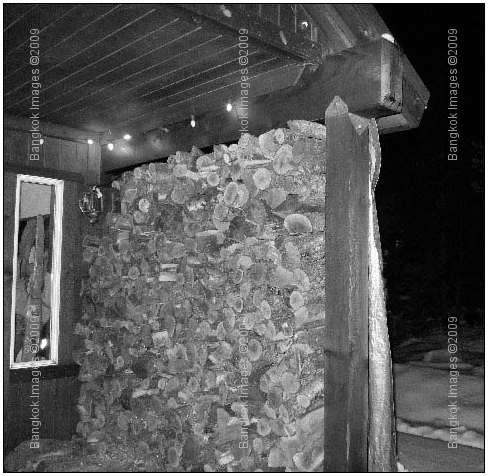
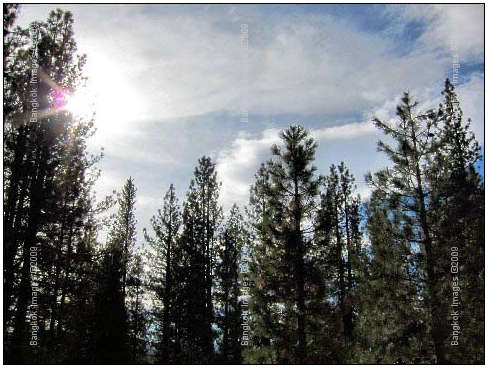
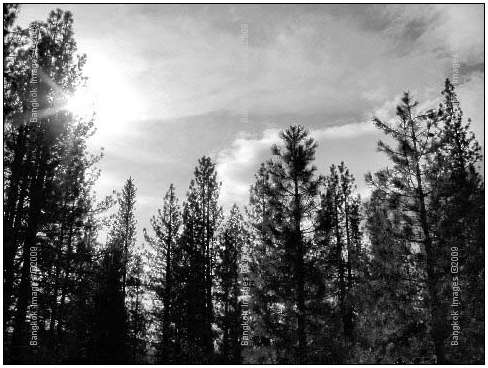
Rick –
These are great snapshots that show the true value in a quality point and shoot such as your Canon S90. It's good that you're experimenting with different renditions of your images, it's always interesting to compare color to B&W and
ponder which one we like the best and why.
Steve
Steve;
Many from Bagan. I hope you like these.
Eyal
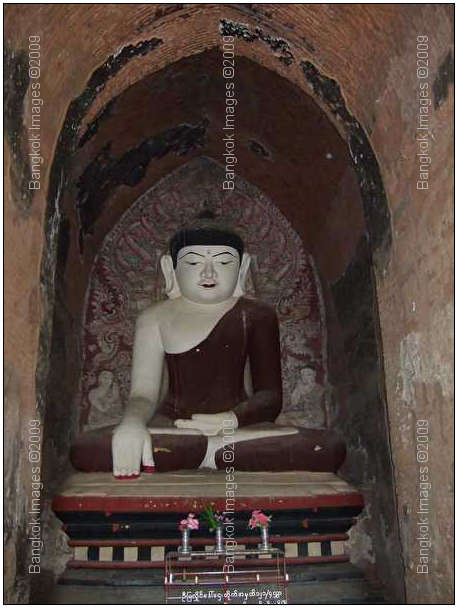
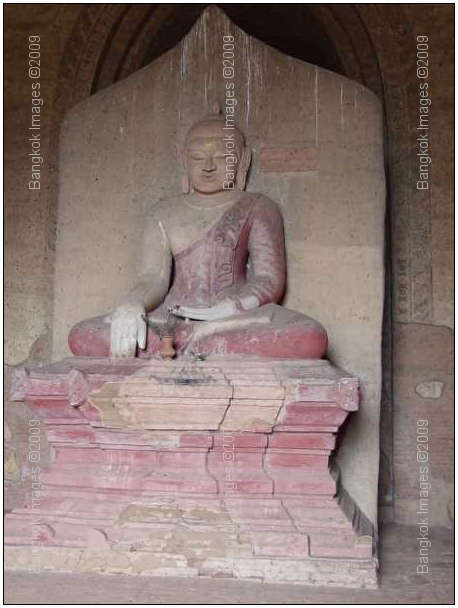
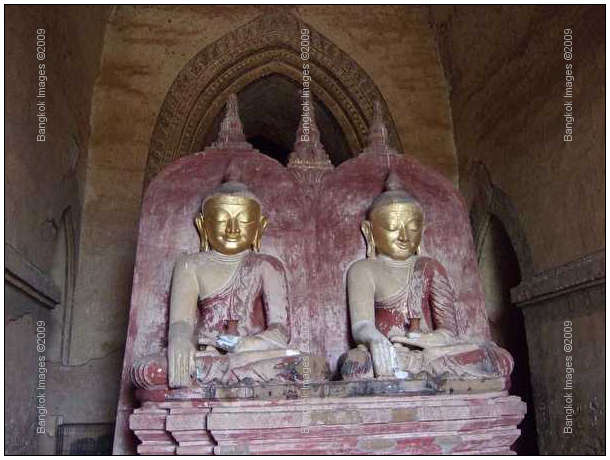
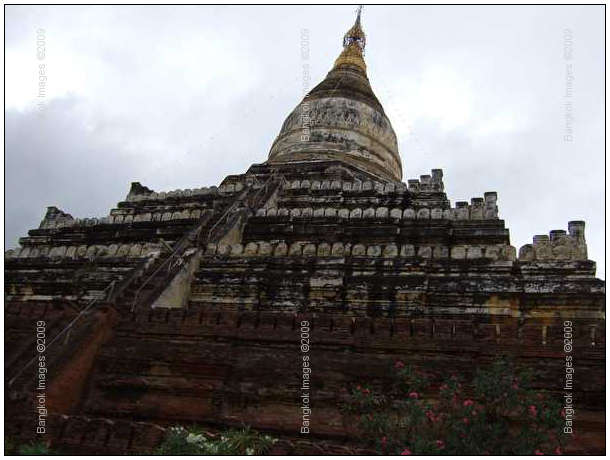
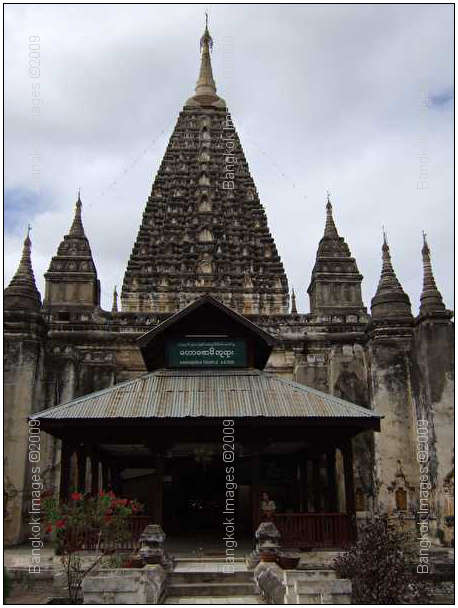
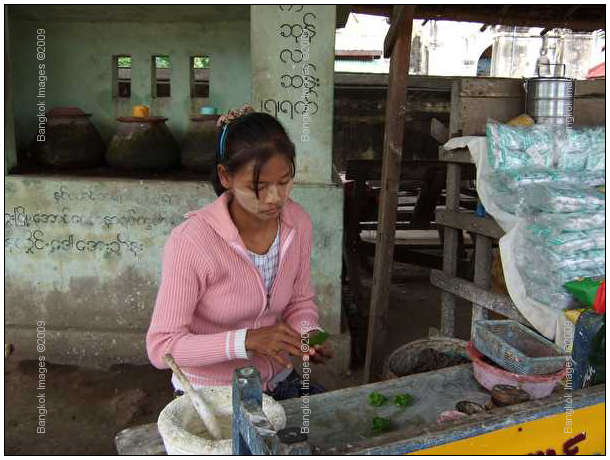
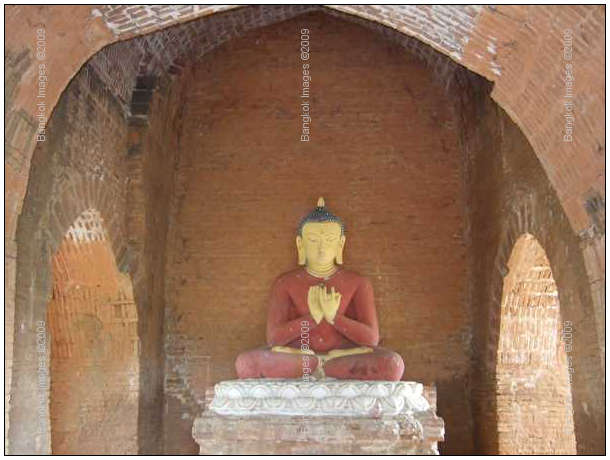
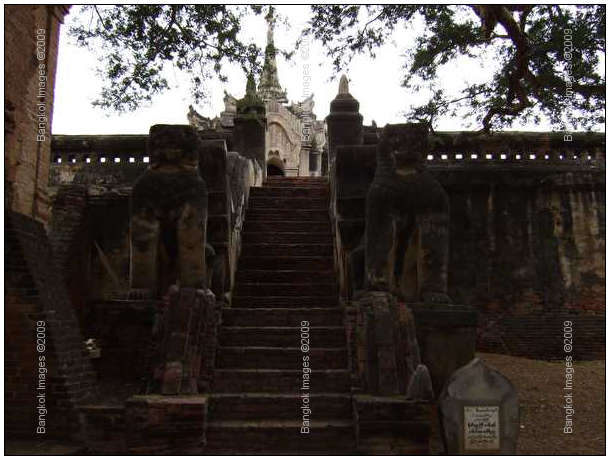
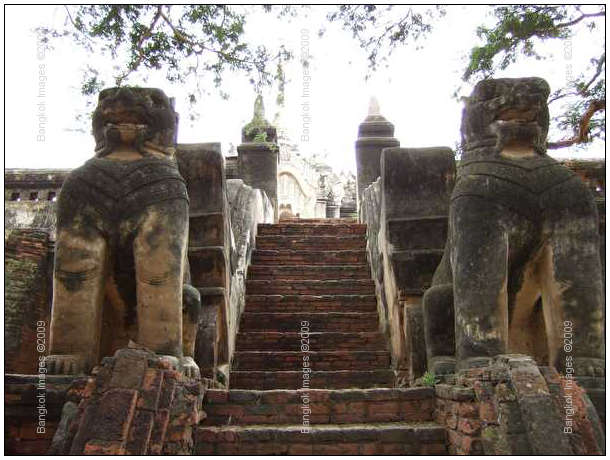
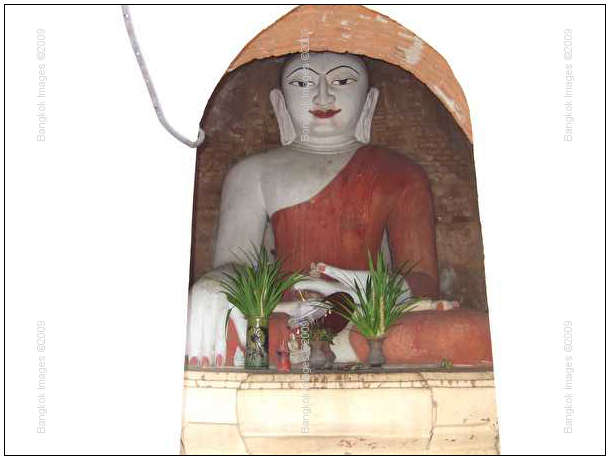
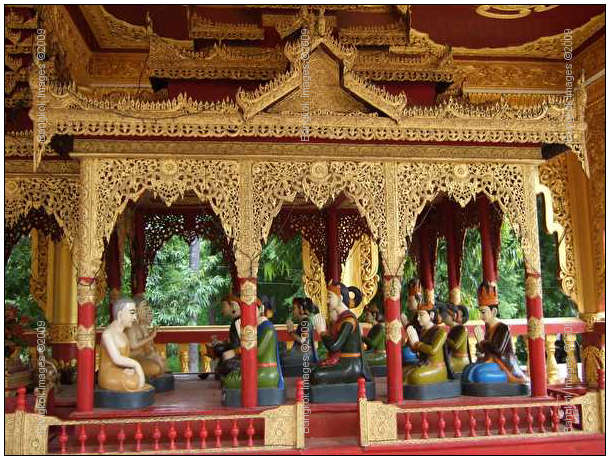
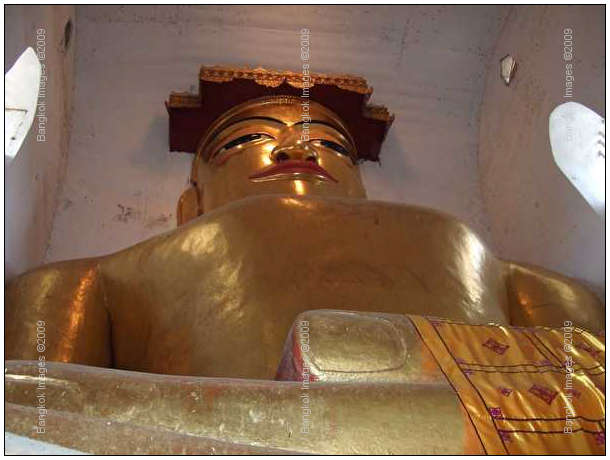
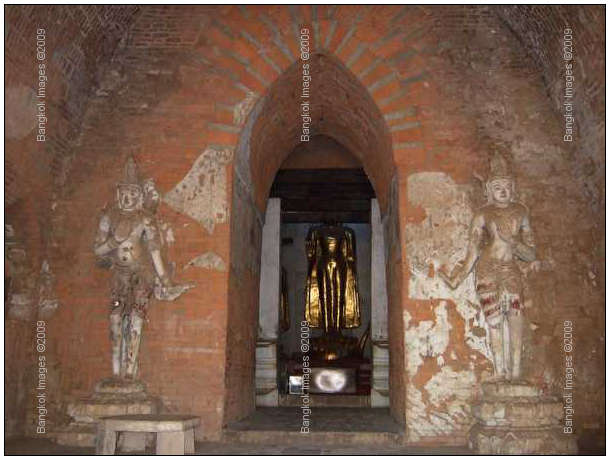
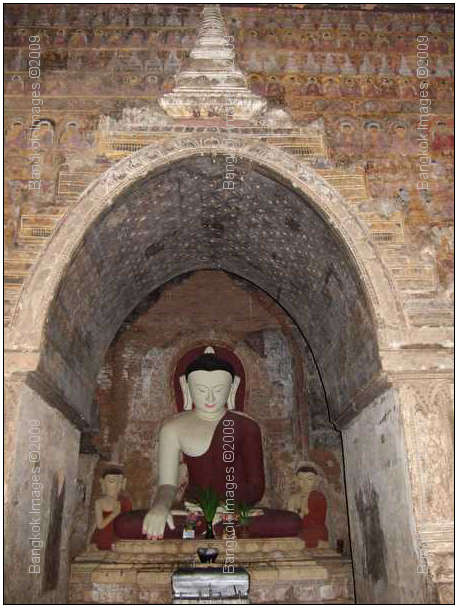
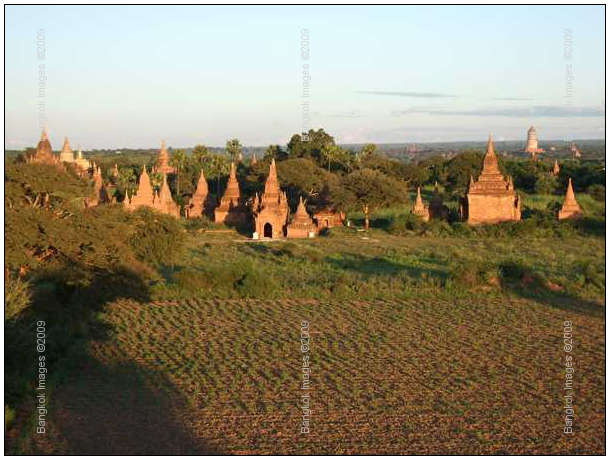
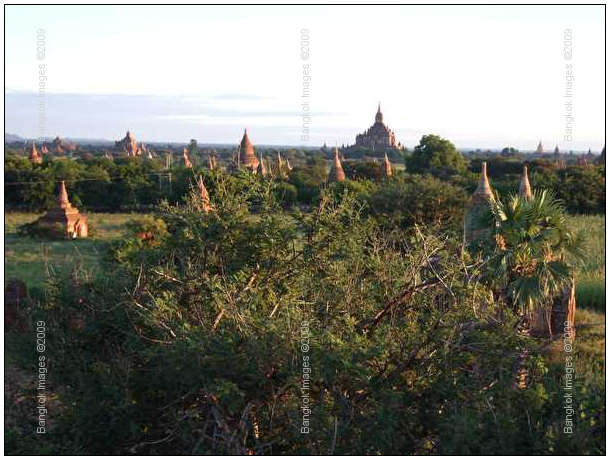
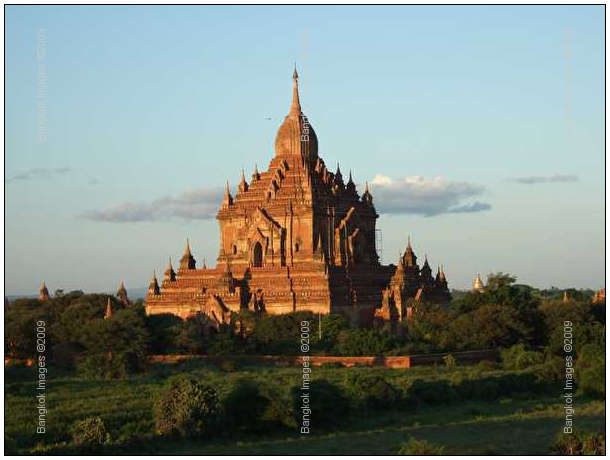
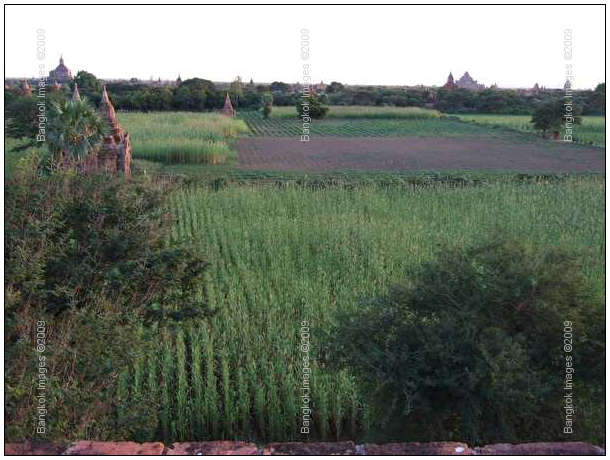
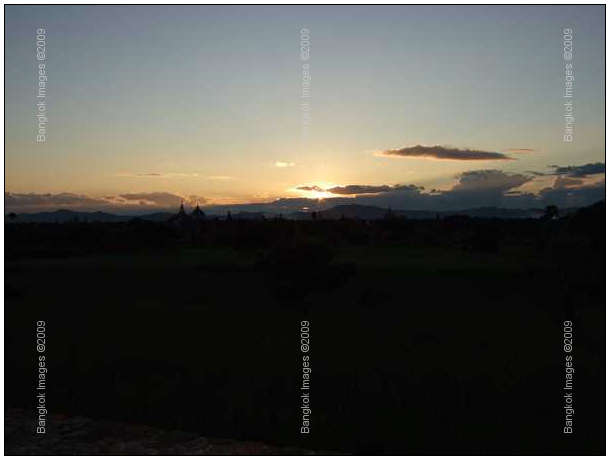
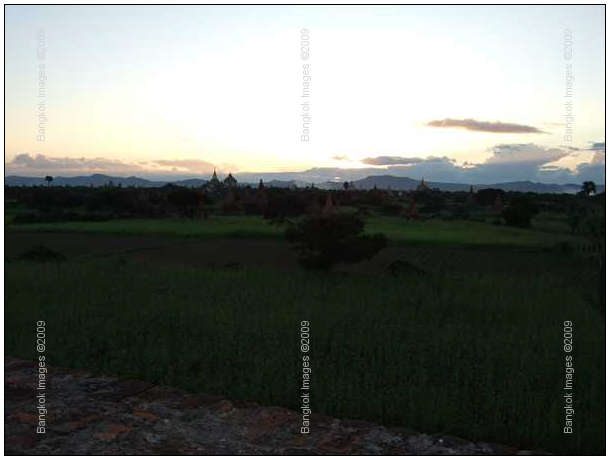
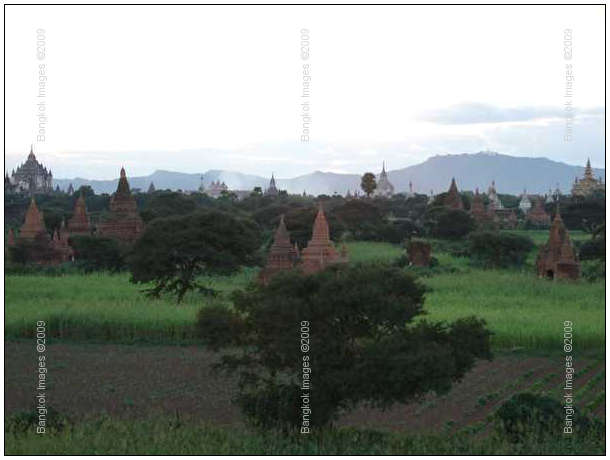
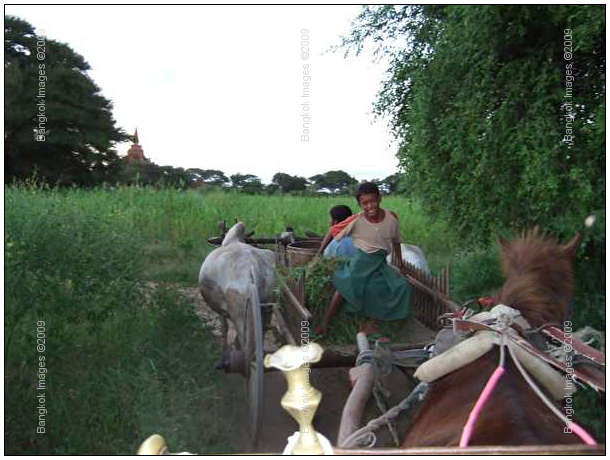
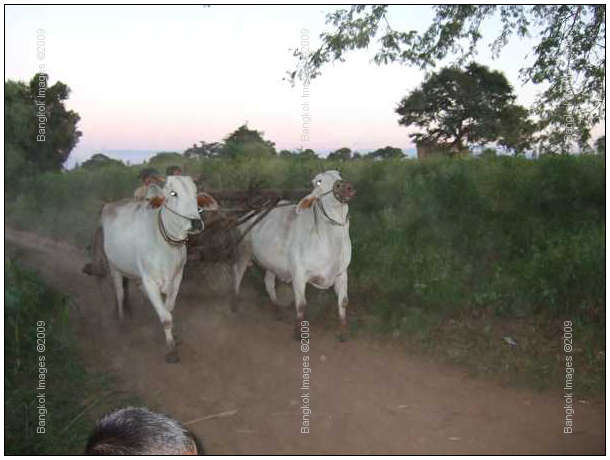
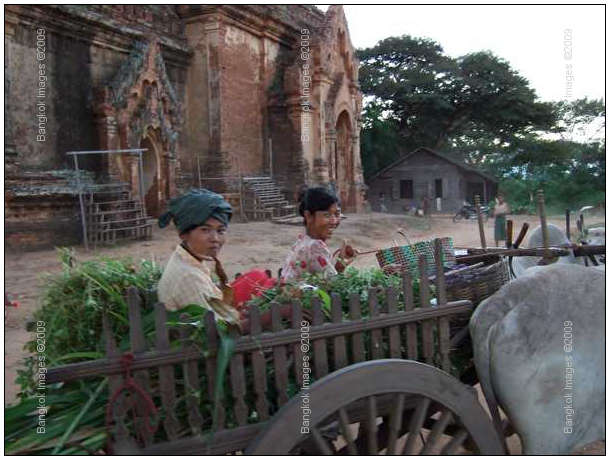
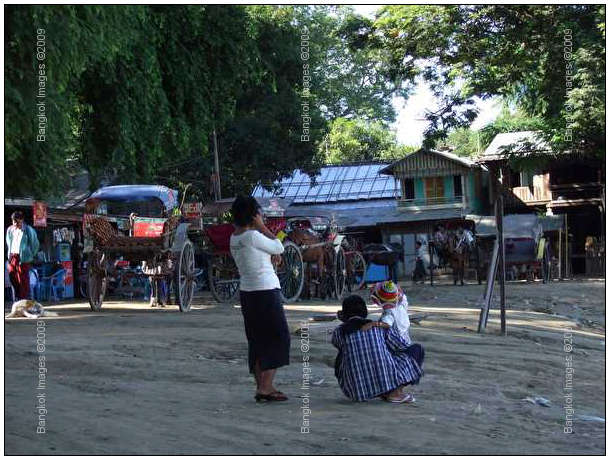
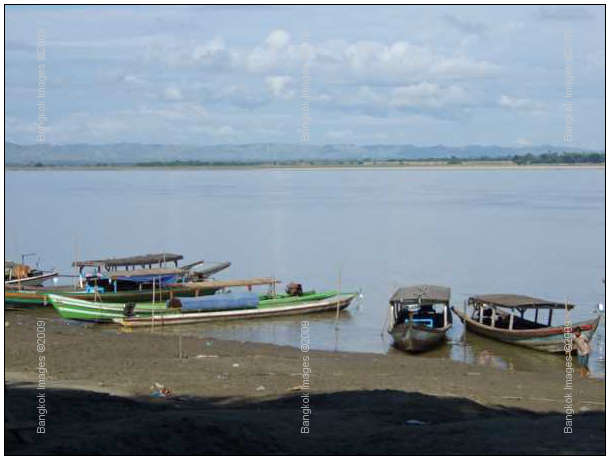
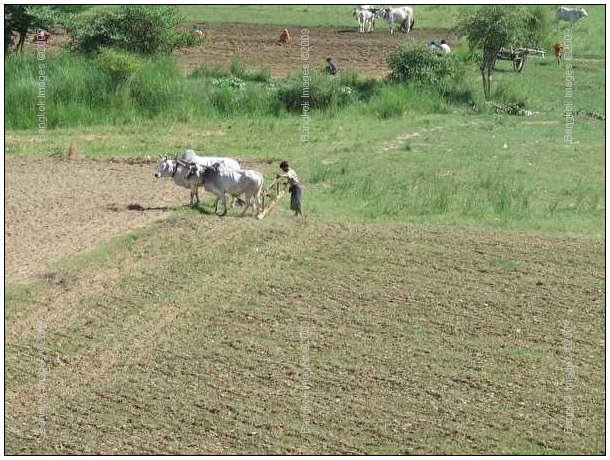
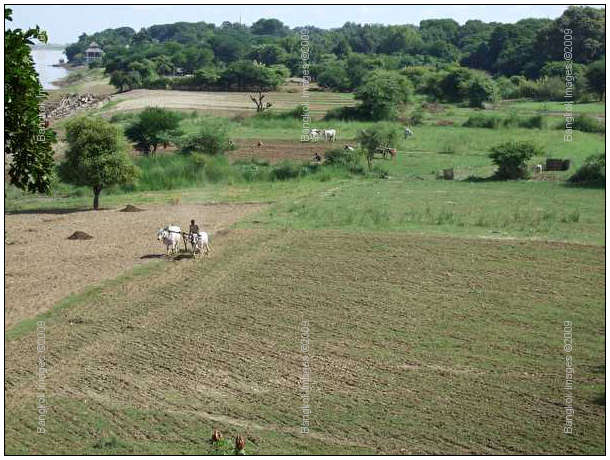
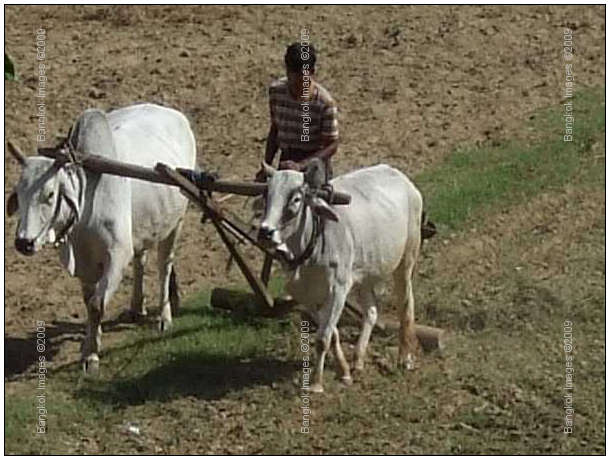
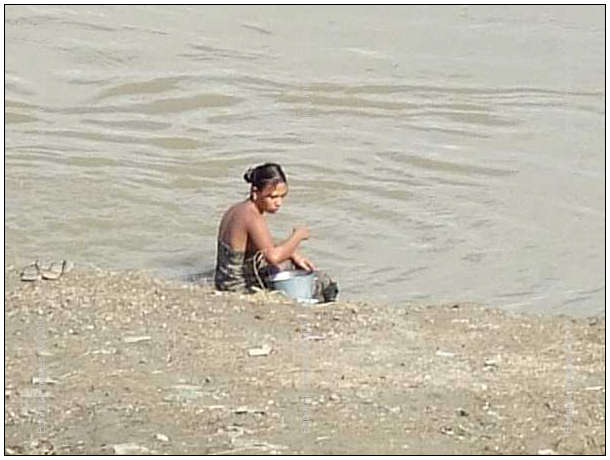
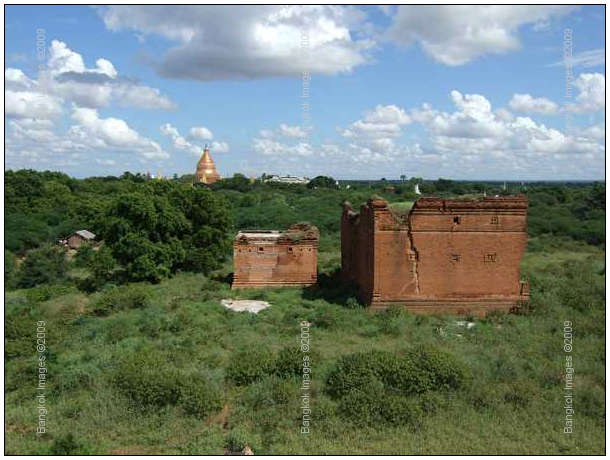
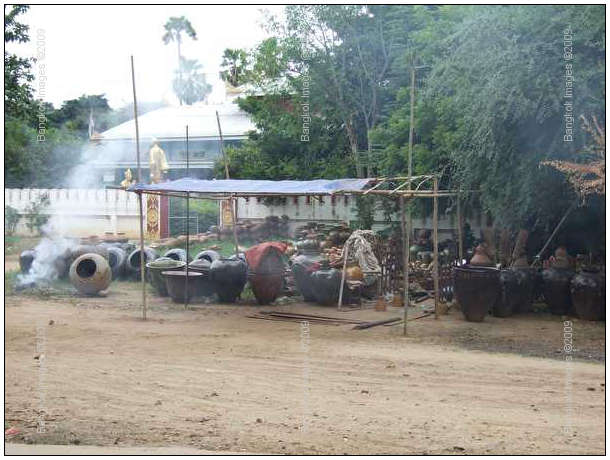
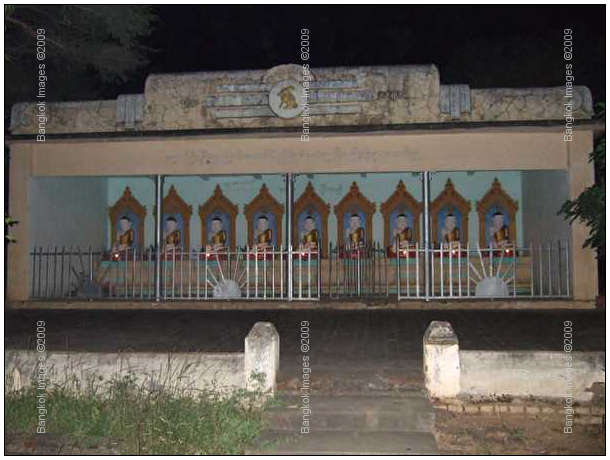
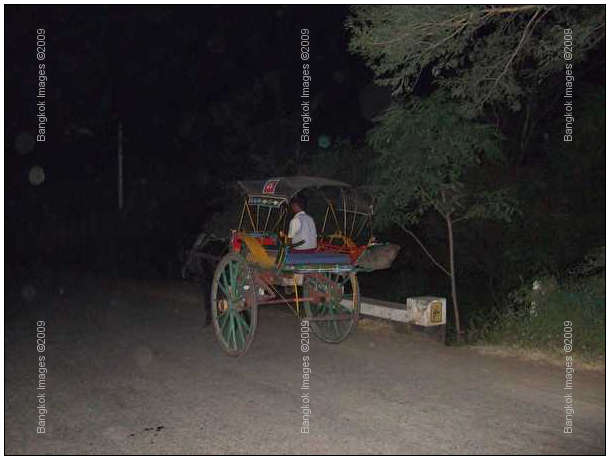
Eyal –
It's been fun looking at these pictures. In a few weeks I'll post your Jaffa series with it's more interesting narrative. Thank you!
Steve
I suspect the readers submissions will be a highly anticipated section of this column and I encourage anyone with photographs and travel accounts they'd like to share to please send them to me at: QandA@Bkkimages.com
Readers Questions *menu
Steve:
Glad you are back from your sabbatical, your weekly news letter was missed. Hope you enjoyed the time away and made good use of the new truck and camera gear.
You certainly put together a well written, interesting and really informative news letter that I enjoy reading each week.
We are in California for a few months and enjoying the cold. Heading to Lake Tahoe to spend time in the snow and away from people.
Still enjoying the Canon S 90 and should get a few "snow" shots for your readers who do not travel in this direction. By the way the price for the S 90 here is $400 US plus 9.5% sales tax, and the Canon G11 on sale at the big box store is $466.
You mentioned in this weeks article that there is a way to delete the EXIF information from/on a photo, care to share that information?
I have just watched a super animated feature called "9". Lots of high tech action and a very interesting use of a camera lens for eyes of the main characters
Attached find a few pictures from one of our stops in Maui on a earlier trip from BKK. I was using a Sony point and shoot at that time.
Rick
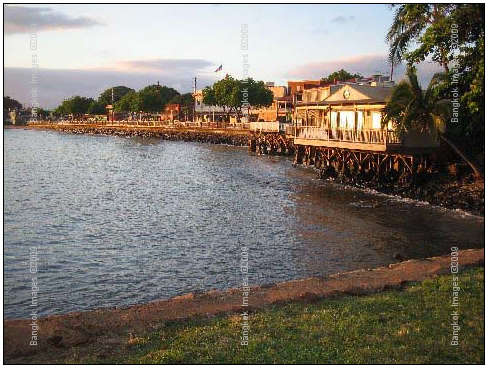
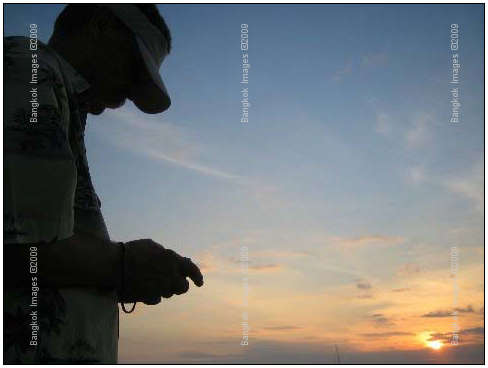
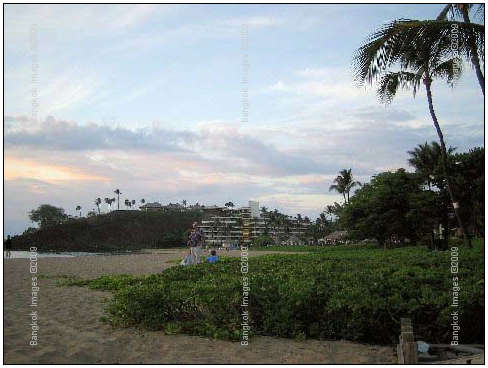
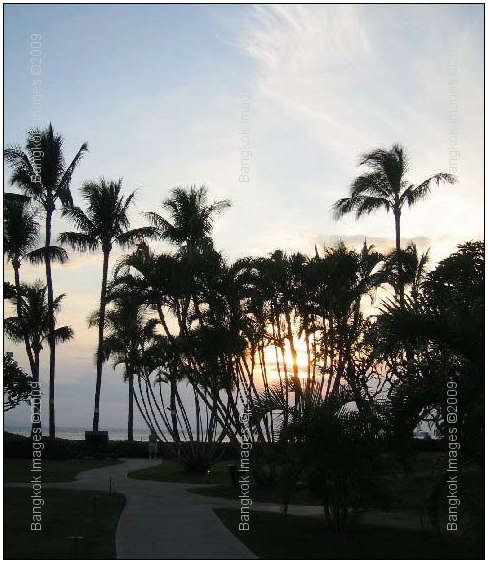
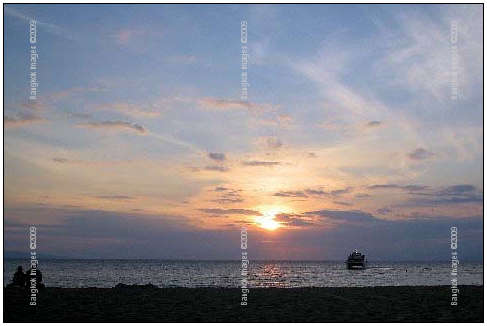
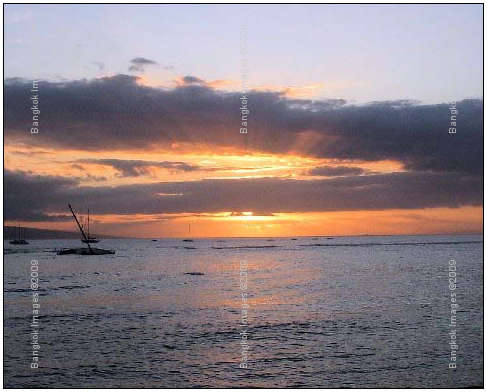
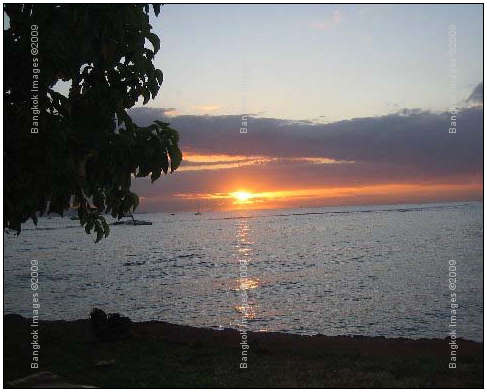
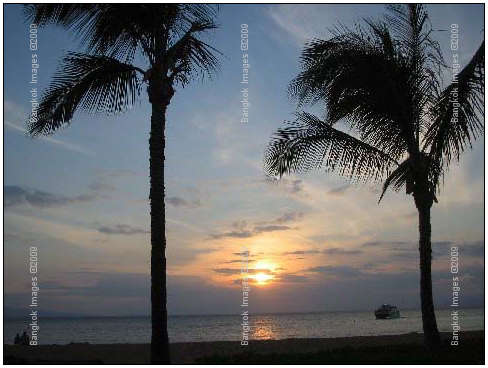
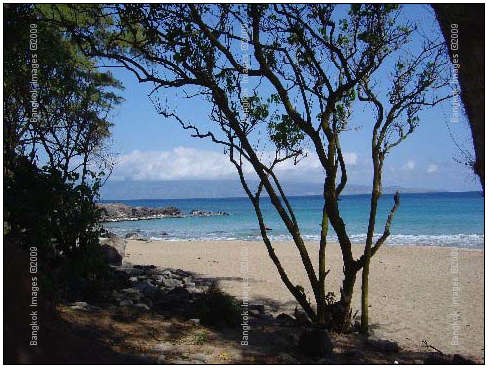
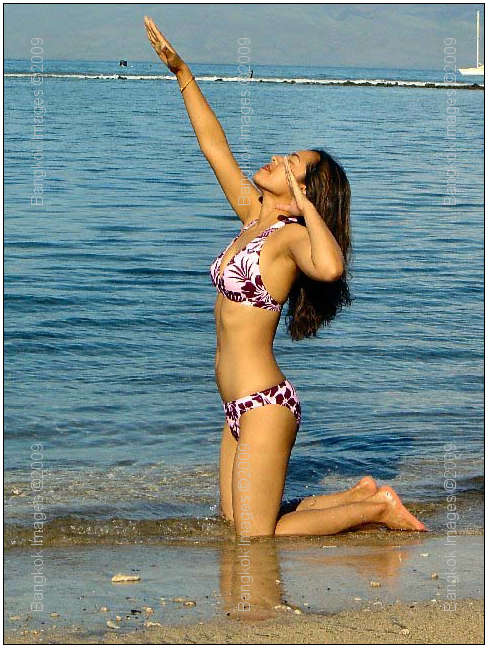
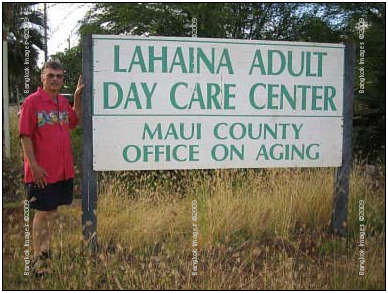
Hi Rick –
Thank you. I'm always happy to know someone is reading the column.. 🙂
These are great pics, what Sony model? Can I run them in the column?
About the Exfil. Today's DSLRs in particular enable you to put your name and other contact/personal information in your cameras firmware so that this information is now added to the exfil of every image you shoot. This is great for most things, but
sometimes you don't want the exfil data to go out with the image. In Lightroom there is simply a box you check in the "export" dialogue box to do this. It's labeled "minimize exfil data" and it strips almost everything.
What editing program are you using?
There are other programs out there that totally 'wash' an image but I won't be going into those. People who take pictures of illegal activities and share them on line would love to know how to do this and I'm not going to help..
Take care
Steve
Hi Steve,
Here are a couple of questions for you, for inclusion in your column.
1. I am thinking of selling my 70 – 200L F4. It's a good lens but I want something faster and lighter so am going to go for the 200 2.8 L. I already have the 135L and a 24 – 70L. I can't see any reason not to do this but wanted to run it by
you first. You know my shooting style better than most and I think the 200 2.8L will be a welcome addition. Any thoughts?
2. I have filled up my 1 Gig drives. I have two, bother are Western Digital externals and I back up EVERYTHING i.e. every photo I have ever taken. I need larger capacity external drives. Would you recommend I buy another 2 1 Gig drive or are there other
options?
Cheers,
Stick
Stick –
Good questions! Both of these questions are topical with the pending release of the new Canon 70-200mm F2.8 IS II and the drop in price of 2tb drives.
Lets start with the 70-200 question. I'm a strong believer in three things concerning 70-200's:
a. These are absolutely great lenses in any version, it's just a matter of matching the lens to the body to your needs.
b. The F4 lenses are ideally suited to the size/weight of the prosumer 5dII and lesser bodies. Hanging a 70-200/2.8 IS on a 5dII can be done, I do it, but it doesn't give you nearly the "this feels right" feeling the F4 models do.
c. IS on a 70-200 is essential.
Here's an aside germane to this question: Nikon and Canon have been reluctant to drastically raise their prices in America and subsequently other countries to adjust for the weak dollar. What they are doing is drastically raising the prices of their
newest releases to help balance things. Notice the suggested retail of the new 70-200mm F2.8 IS II compared to the model it's replacing?
I'm going to assume you meant the 70-200m F2.8 IS version and not the non-IS version. I can guarantee you from years of experience that IS is essential on this lens due to its size and weight and focal length. Besides, IS just plain helps a lot at
any focal length above 70mm..
By now you're probably thinking my opinion is the new 70-200m F4 IS lens would be perfect for you. You'd be right. Considering that you have a 5d Mark II body and have no plans to go to a bigger 1d series professional body I think this would
be your best choice.
I can hear the question: "But what about F2.8???" Yes, you've experienced fast glass with your 135mm F2 and your 35mm F1.4.. and there is no arguing that fast glass rocks. And some people
will tell you that it's just an f stop and you could easily compensate by cranking up the ISO. You could. But what you can't compensate for is that certain AF points will be cross type at F2.8 and only horizontal types at F4 and beyond
(look in your instruction manual for the specifics on your individual body) AND you can't compensate for the fact that F2.8 just lets in more light (no matter what aperture it's set to) which aids in achieving autofocus in low light.
So you have two fine lenses, the F4 and F2.8 IS versions. One is small and lightweight and you're apt to use it more often. The other lets in more light for better AF in low light and activates all of your cross-point AF sensors for catching better/more
action. Which is more important to you, size or weight or better AF? It's an individual question.
Good luck on whichever model you choose.
About 1tb Hard Drives:
There are a TON of options. Oh my are there options. Sure, there are many, probably hundreds, 2tb or larger external drives that connect via USB 2.0. There are just as many other options. There are some things you need to consider:
1. USB 3.0 is quickly becoming a reality. It's faster than any other interface out there by a significant margin and the first models are just now coming to market. The chances are your next computer will be 3.0 capable.
2. Currently USB 2.0 and Esata are your commonly available interfaces with Esata being much faster than USB 2.0. Firewire will soon be history so don't go there.
3. As a laptop user you can either use external drives connected directly to your computer via USB 2.0 or an Esata PCMIA card, or over your network connection.
This leaves you several choices:
1. More and bigger external USB 2.0 drives. Frankly these would be my last choice, but they are the cheapest options.. almost.
2. External drives with a USB 3.0 port as well as USB 2.0 ports so you can look towards the future.
3. A NAS (Network Attached Storage) unit of just about any size you want, they're readily available up to 4tb's. I currently have two 4tb units and I love them. They're great for storing
files and backing up. With a 1gig network connection they transfer data just about as fast as a external USB 2.0 drive IF you choose carefully. Some are very slow.
4. You could invest in a home server such as those from HP or you could build one yourself. Stay tuned for my experiences building a home server in the near future, it could save you some headaches. This is the route I think makes the most sense for those
storing a lot of data such as digital photographers, but it is a commitment in the sense of time and money to get set up. However, once set up there's nothing else like it.
5. A docking station for internal SATA drives. Did you read my column a few weeks ago where I reviewed the dual bay docking station? This came with both USB 2.0
and Esata ports for about $50. It's replacement model is already adding USB 3.0. You can use these with very inexpensive internal SATA drives for either "on-line" active storage, or to archive data. If your current external
drives contain SATA and not PATA drives, you could strip them out of their cases and make use of your old 1tb drives (be sure to read the part about S.M.A.R.T testing drives before you do) so overall
this becomes a very viable option. These hold both 3.5 inch SATA drives like you'd find in a desktop, and 2.5" SATA drives like you'll find in a laptop. the 2.5 drives store very easily and IMO are more impervious to shock,
drops, and other external factors as they're designed to be in mobile devices.
It's good to thoroughly research this area and then come up with your backup strategy, and don't be surprised if your needs and choices change, they probably will. Once you come up with your strategy then it's merely a matter of shopping
for the most bytes of storage for the money which fits your strategy.
I'd give this area serious thought. I've personally changed my strategy more than a few times and now I wish I'd just went ahead and invested in a server in the first place. The docking station isn't a bad choice either, and the drives
you fill up could later be used in a server.
I hope this helps..
Steve
Hi Steve,
I really appreciate your comprehensive answers. Just one thing, there was a misunderstanding with the lens question. I am thinking of replacing my 70 – 200 F4 with the 200 2.8 L, NOT a zoom, but the fixed focal version…hehe! I pretty much only use the
lens at 200mm anyway and I prefer smaller, lighter lenses hence I think it would be the better choice.
Cheers,
Stick
Stick –
Oh my.. should have read that one better.. 🙂
Most of what I said previously goes. With the exception of a few pieces of added information.
1. The new 70-200mm F4 IS is very nearly as sharp as the F2.8 optically.. and in most cases you'll get sharper pictures from the 70-200mm F4 IS because of its claimed four stops (in reality 2-3, but that still takes you to F2 where static subjects are concerned).
2. The 200mm F2.8 is being rumored to be replaced soon too.. with an IS version. It might annoy you to read the announcement a few months after paying for the 200..
3. With your 1.4tx.. the 135/2 becomes a 188/2.8 so if size and weight are your main concern this combination makes better sense.
I'm really not a fan of the 200/2.8.. it just falls in one of those spots better covered by an array of better options..
Steve
Please submit your questions to QandA@Bkkimages.com All questions will be answered and most will show up in the weekly column.
A Snapshot of Bangkok Images Week in Review *menu
This week has been a bust. I set out twice to Baiyoke Towers II, the highest observation point in Bangkok, with the intent of making some nightscape HDR's to use for instructional purposes in this column. Each time I left right at sunset so I could
be sure to check out the sky and visibility before darkness set in. Each time the air was so full of smog and haze that the trip up the 89 floor lift wasn't worth it. Maybe next week.
Workshop Bookings:
These last few months have been slow but things are picking up. I'm already taking booking for February and March and I thought I'd post the dates already booked (which leaves all other dates open) in the event you're planning to take a
workshop with me during your time in Thailand but haven't yet got around to contacting me and reserving a slot.
Feb 8, 14,15,16,17,18 25,26,27
Shoot me an email, I'd love to hear from you!
Infocus Blog, Weekend At The Races *menu
Sound Carries
I live high up in a 32 story building. For 5-8 km around me the tallest building is less than 5-6 stories. This means that all types of sounds carry up to my ears with nothing to block it, and with a clarity you'd have to hear to believe. From vendors
haggling over the price of somtum to the ear shattering wail of modified motorsais, the sounds reach my ears in a volume which competes heavily with the sound level from my television. Often I must close the windows and turn on the AC, not because
it's hot, but to block out external sounds so I can hear my television without interference.
After Midnight
This is when it gets interesting. The races begin! The occasional fight comes through the window in surround sound and at about 1am the cars start to be driven much more aggressively. You can hear the cars being driven faster, the motors revved higher,
and drivers laying on the horns as their increased speed causes near misses. I'm sure a fair share of people on the road at this time are coming home from bars and clubs a few sheets south to the wind.
Keeping Score
Okay, I don't really have a scorecard but I do mentally keep track of how many crashes I notice each week.
I'm sure I don't hear them all, but on average there are 3-4 crashes per week which I'd guess are pretty serious in nature.
Types of Crashes
This doesn't take as much experience as you might imagine.
1. Car on car crashes. You'll usually hear two sets of screeching tires followed by a very loud impact then followed by the sound of tinkling glass.
2. Car on inanimate object crashes. You might hear screeching tires or not, often right out of the blue you'll hear a big bang followed by a tearing noise as the metal of the car wraps around a tree or light pole.
3. Car on big truck crashes. Two sets of screeching tires followed by an extremely loud banging noise and then followed by the sounds of broken glass falling to the asphalt.
4. Car on motorsai crashes. These are the worst. Two sets of screeching tires, but one set sounds very different from the other. The crash sound is there, but is' muffled as if the car is hitting a sack of potatoes. You can't mistake the sound
of a car hitting a human body for any other sound.
What you don't hear which is different from the west is the follow-on sirens of emergency police, medical, etc. I've often wondered who cleans up the mess, but every morning I see no sign from the crash the night before.
One Particular Crash
This week I heard the two sets of screeching tires and a huge multiple impact. After this wreck all the other noises you normally hear stopped for a few minutes before resuming. I could instantly tell this was a big truck on car on car crash. I could
tell it was bad and while I really wanted to hear sirens and help coming, none came. There was silence, This time I went out on the balcony and peered down but couldn't see anything.
The Next Morning

Fuji Finepix F200EXR, EXR auto mode
The next morning I was going somewhere.. when out of the corner of my eye I noticed several smashed cars up on the sidewalk. I didn't have a real camera with me, but I always carry my trusty Fuji F200EXR point and shoot so I stopped to have a look.

Fuji Finepix F200EXR, EXR auto mode
It didn't take long to see where the truck broadsided the drivers side of a Peugeot. And how that car spun and smashed into another car parked next to the road powering both the cars up off the road surface, across the sidewalk, and into the front
of some shop houses.

Fuji Finepix F200EXR, EXR auto mode
In the process the cars tore down about 15-20 meters of metal awning. I looked along the sidewalk for blood trails to see if they might have taken out a pedestrian, but thankfully due to the late hour the sidewalk was empty.

Fuji Finepix F200EXR, EXR auto mode
You can't see it from these images unless you zoom in, but the Peugeot took out a couple water pipes and the water was bubbling up from the ground about 24 inches high. It was obvious the cleanup process started late, but was well underway.

Fuji Finepix F200EXR, EXR auto mode
It's also obvious the driver couldn't have fared too well in this crash. You would hope from the impact angle that he was thrown towards the passenger side thereby escaping being trapped in the metal. There was plenty of blood though.

Fuji Finepix F200EXR, EXR auto mode
Trauma Care Where?
Wrecks like these really brings home the reality that in Thailand there is no coverage of paramedics, no trauma centers, and I'd guess you'd have to be very lucky to be brought to the right hospital where a trauma trained surgeon would just
happen to be.
I've asked, but there seems to be effort on Thailand's part to build trauma coverage into their emergency medical systems. One of the issues with having private clinics, private hospitals, government hospitals, army hospitals, police hospitals,
is that they don't really work together to provide emergency trauma coverage.
In the west there is a coordinated effort to make trauma coverage accessible so many minutes after an initial incident, whether it be by ambulance or life flight. In Thailand you get private pickups with bed not even long enough to stretch out in, privately
owned and equipped, with privateers out there trying to earn a few baht by picking up the pieces. Sure, the better hospitals have ambulances, but these are for transporting their patients between home and facilities, not for emergency services.
When I travel I make sure my wallet is on my person at all times, and my insurance cards are the first thing they'll see when they open my wallet. They might not be able to read your language, but they can see medical insignia (crosses, doctors crest, etc) and if they assume you have coverage they'll take you to a decent hospital. Of course there might be a few hour trip in traffic, but TIT!
Until next time..



